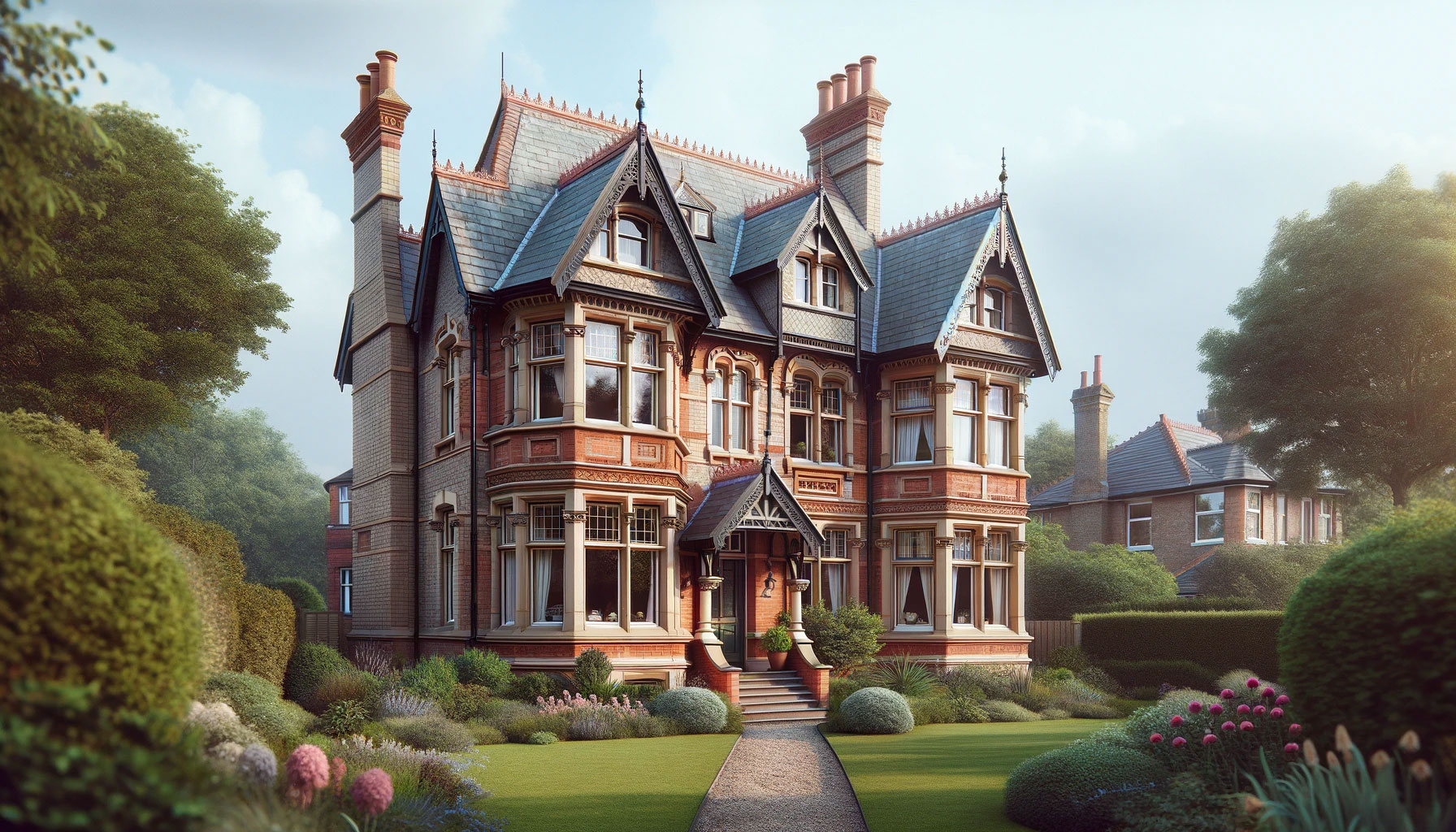RICS Home Survey Level 3
(Formerly known as Building Surveys)

Previously known as a Building Survey or Full Structural Survey, it is the most comprehensive report of its kind. It is suitable for larger or older properties, in a good or poor condition, which have undergone structural alterations or if you intend to carry out any major works. A RICS Level 3 Survey includes a thorough analysis of your property, aiming to create a detailed and objective report. It will identify defects in a property in detail, their apparent cause, the urgency of repair and maintenance options.
A Level 3 survey is one of the most bespoke and most thorough surveys we offer; the highest-level service designed by the Royal Institution of Chartered Surveyors. This survey is best carried out by a qualified, experienced and independent Chartered Surveyor, who is a specific expert in diagnosing and predicting structure and building defects, like the members of our team. Our expertise in finding defects early could save you thousands of pounds on your investment.
Our surveyors are committed to a limited number of Level 3 surveys, undertaking only three per week, to ensure the utmost care and attention to your specific needs. Our surveyors maintain the highest professional industry standards throughout the process.
About The Inspection
The surveyor carefully and thoroughly inspects the inside and outside of the main building and all permanent outbuildings, recording the construction and defects (both major and minor) that are evident. This inspection is intended to cover as much of the property as physically accessible.
The surveyor will visually inspect all parts of the different service systems that can be seen within the normal course of the inspection. The surveyor will also observe the normal operation of the services in everyday use (where it is safe to do so and without causing damage) including operating an identified sample of lights and extractor fans and asking the occupier to operate the heating. The survey does not include an asbestos inspection however the surveyor will notify of any potential asbestos present and recommend specialist testing.
The surveyor uses equipment such as a damp-meter, binoculars and a torch, and uses a ladder for flat roofs and for hatches no more than 3m above level ground (outside) or floor surfaces (inside) if it is safe to do so.
The surveyor also carries out a desktop study and makes enquiries for information about matters affecting the property.